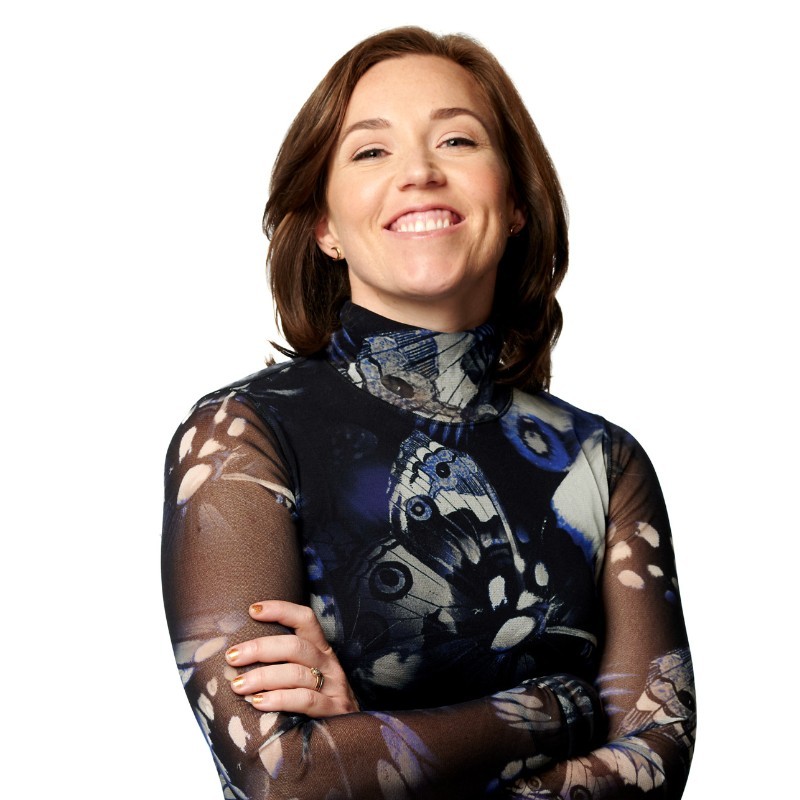
There’s a VC trope about investing in “just a guy and a dog,” but when we backed Fi back in 2017, the company was literally Jonathan Bensamoon and his puppy, Thor. Today, Fi has grown so quickly that the average American lives within two miles of a Fi collar.
Fi makes a smart dog collar that tracks your dog’s location, exercise levels, and helps you connect with other Fi dogs in your neighborhood. While many IoT products make big promises about turning functional solutions into emotional connections, Fi delivers. Their success is a demonstration of what happens when great design and technology meet a large, deeply passionate group of users.

Kate McAndrew: When I think about what you’re building at Fi, I see both cultural and technological changes that have allowed what you’re doing to be possible. I’m curious what your perspective is on these shifts and what created an opening for Fi.
Jonathan Bensamoun: On the cultural side, as a new dog owner in 2016, it was obvious to me that the relationship I was developing with my dog was very different from the relationship I developed with my dog growing up. I was in the late 30s segment and the relationship with my dog was that of my best buddy if not my first kid, really.
Then I stumbled into the online community of dog owners who were trying different pet tracking devices, and I saw that nothing was working for them. They were buying these products and screaming. The experience was terrible. I thought, we can do something about this. By a combination of naïveté and luck, I was able to start working on something better.

Kate: Right. Products in that space were having issues with batteries and really weren’t able to meet consumers’ needs. One of the things we look for in companies is that they’ve not only hit on a cultural insight but also have the technology to meet it. Otherwise, it’s really hard to build defensible moats. What were the key technology breakthroughs that enabled Fi to offer a better experience?
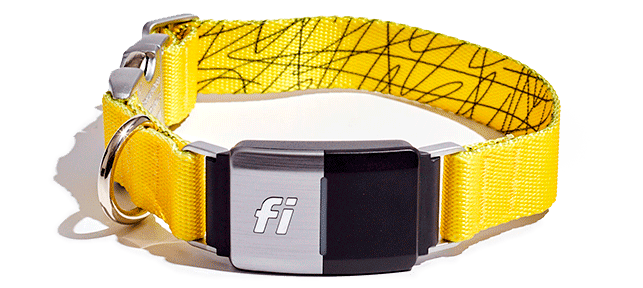
Jonathan: A lot of small things collided at the same time that allowed us to accrue all these battery and energy savings. We got lucky. We were the first, for example, to build on a cellular network called CAT-M1 which is a narrow band, low energy network. Prior to that network being deployed by AT&T and Verizon, all of these devices had to be like cell phones. And cell phones are really not designed for an asset tracking type of use. Out of pure luck, it came to market at the right time for us to be able to integrate it.
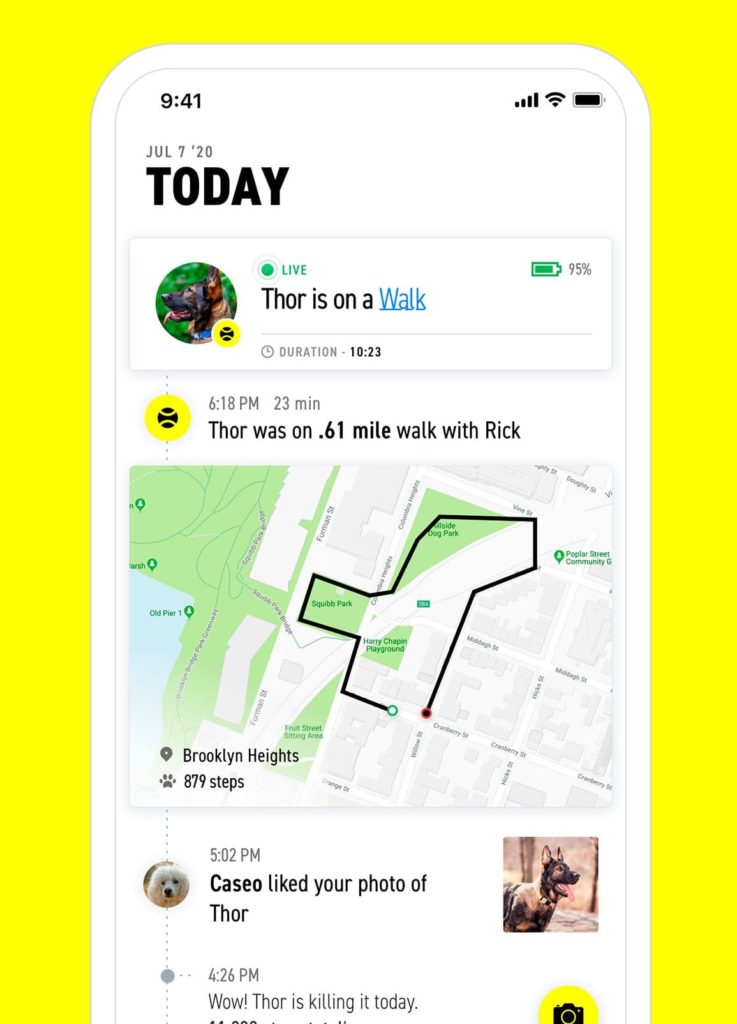
Kate: I remember in the early days of the product, lots of people were telling you to kill features, kill features, kill features. And there were a couple of features you really defended. You said, Is this feature needed? No. But will this feature create magic? Yes. You felt they were going to create that magical user experience.
We’re here to create magic. We don’t settle for ‘it works’.
Jonathan: With hardware, features define what you have to do physically and that can make or break the product. So I totally understand the pushback there, and I respect it. The other side of that coin is that the new startup movement took the MVP product to the extreme, to the point they cheapen the experience. There’s a tendency to go too bare bones. I challenge that. I think there is a minimal enjoyable product that creates enough delight for the user to become obsessed with the experience.
![]()
Kate: MEP – Minimum Enjoyable Product. That’s a great edit on MVP. What’s an example of a feature people pushed you to cut, but you defended?
Jonathan: The main one is easy to identify. From the beginning, I was arguing for making a collar that was fully integrated. This meant we had to have a device that could withstand torsion and pull. An easy solution would have been to develop an attachment system so the device lives on top of the collar. Some of the competitors were doing that. But then you don’t control the whole aesthetic experience. I thought that the dog is an extension of the self. People care what their dogs are wearing and how it looks. So it was important to make a collar that looks good on the dog and looks comfortable. I think we were right. The first thing people experience when they put the collar on their dog is – it looks great. We’re getting ten times more organic acquisition than our competitors because people love taking pictures of their dogs with the collar on!
The lean startup movement took the MVP product ethos to the extreme, to the point they cheapened the experience.
The other thing I was initially oblivious to but have realized over the past year is that people really care about having customized collars. We’ve enabled a whole community of Etsy style sellers. We call them the Fi Makers. We’re selling them parts and they are manufacturing bands for Fi owners. So this decision led to a massive competitive advantage for us but was definitely not aligned with a strictly MVP philosophy.
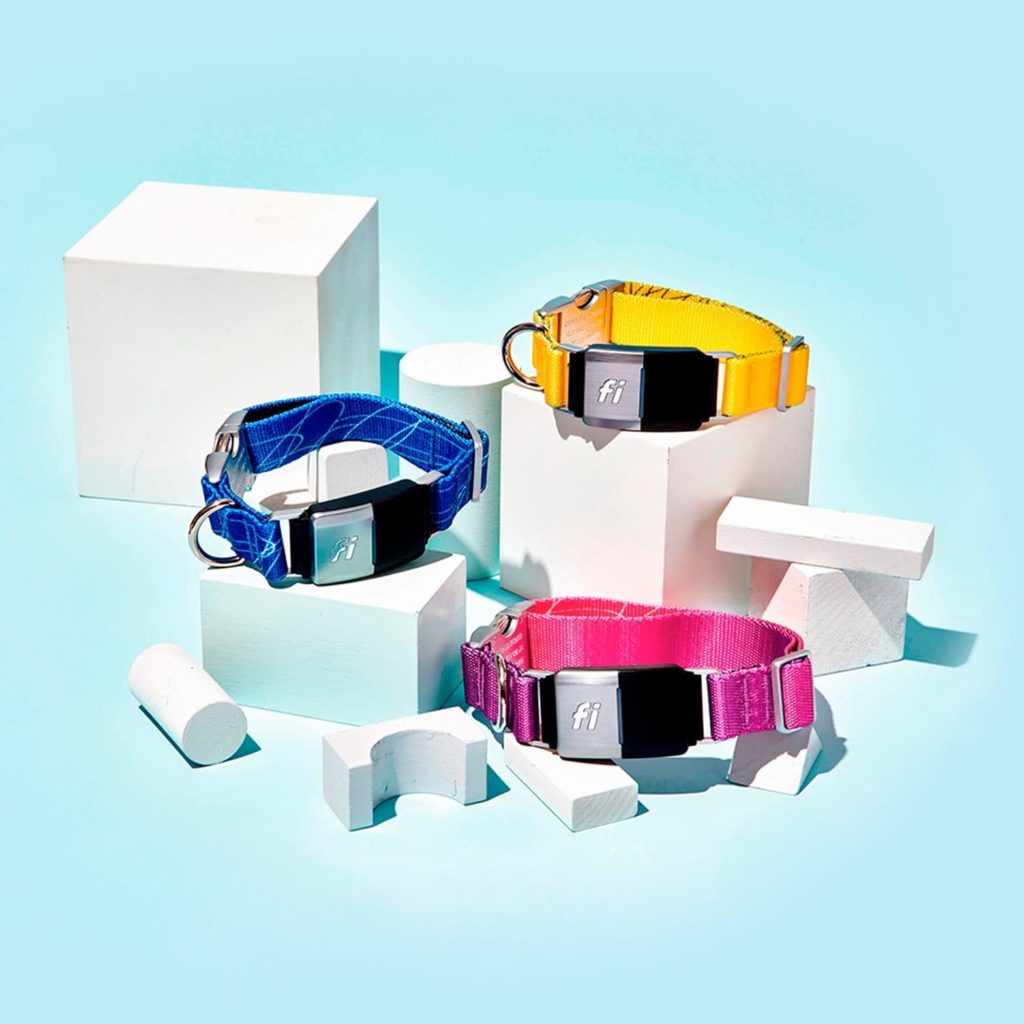
Kate: One of my favorite things is getting to see our portfolio company’s products out in the wild. Fi is really easy to spot because I have a dog. When I’m out walking the dog, I often talk with people who have the Fi collar and ask them about it. So many people talk about both the social function and the competitive function. How did you approach these?
Jonathan: We always thought there were two levels to the product. The first level was what you can experience with your dog. We like to build technologies that take something that happens offline and enhance it. We can show you where you walked your dog, how much you walked your dog, and compare it with last week. All of a sudden you have a tool to tell if you’ve walked your dog enough that day.
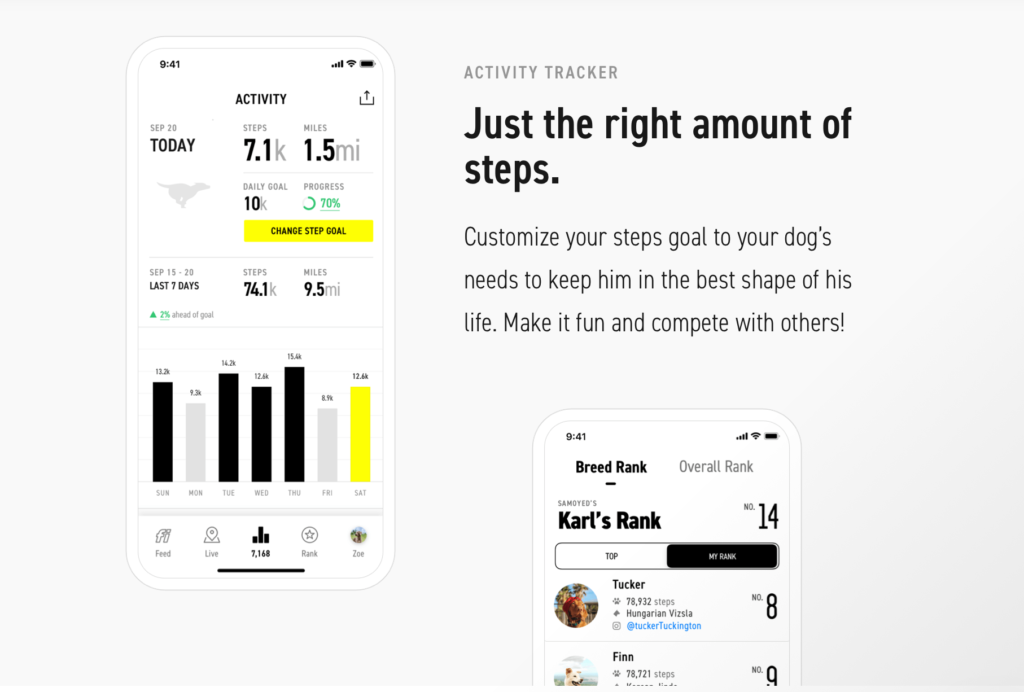
The second level is about being part of the community of dog ownership. Being a parent, caring about your dog that much. Wanting the best of everything for your dog. That is very powerful. And if you can connect people who feel that same thing, then you get a very powerful community. We saw that initially with the steps. We did the steps ranking and it went through the roof right away. The reason for this is not that people want to rank better than others. It’s because they’re part of something. Something bigger. It’s really exciting to have enough collars out there that someone can publish a picture of their dog and see there’s another dog a few blocks away.

Kate: One of the things that really resonated with me about you and Loren Kirby (Fi co-founder) is that humility is a core mode of your being. It’s definitely something to look for in leaders and one of the reasons it’s very hard to hire sales people. I’m curious about your core values and how you would you describe the company culture at Fi?
Jonathan: I always say we’re the Roger Federer of the space. We want to be a crazy aggressive competitor, but we also want to be the gentleman of the court. And that’s how we behave as a company, internally and externally. We work hard because we love it. The core thing that’s really important to us is passion for technology. Deep excitement about building. And humility. Humility is huge.
We’re here to create magic. We don’t settle for ‘it works’. We want to go that extra 25% that makes it holy s*&%. We don’t want you to understand how this works. We want you to say, This is all magic.
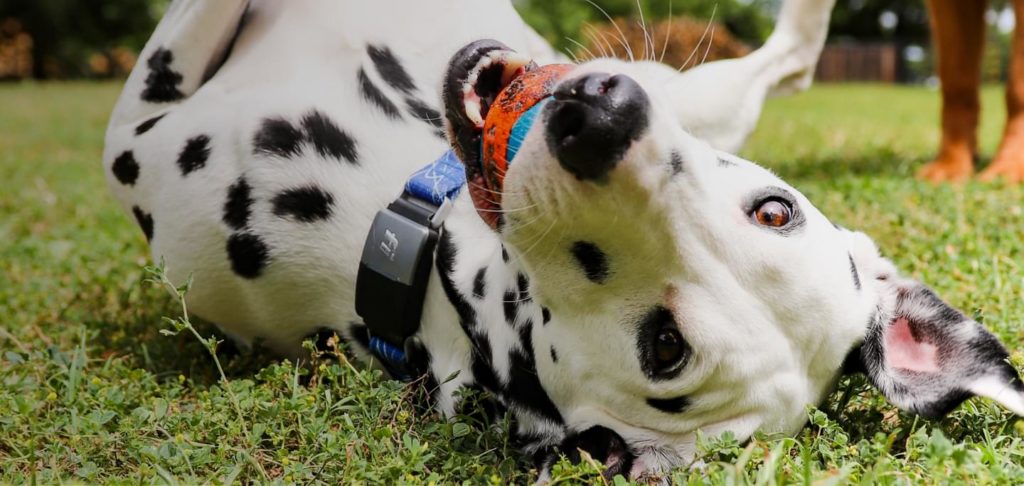
Congrats to Fi on their $30M Series B led by Longview Asset Management! Longview joins co-investors Bolt, RRE, Lerer Hippeau and Freestyle as we support Fi in their mission to connect pets and their parents.
(Interview has been edited & condensed)
Bolt invests at the intersection of the digital and physical world.
